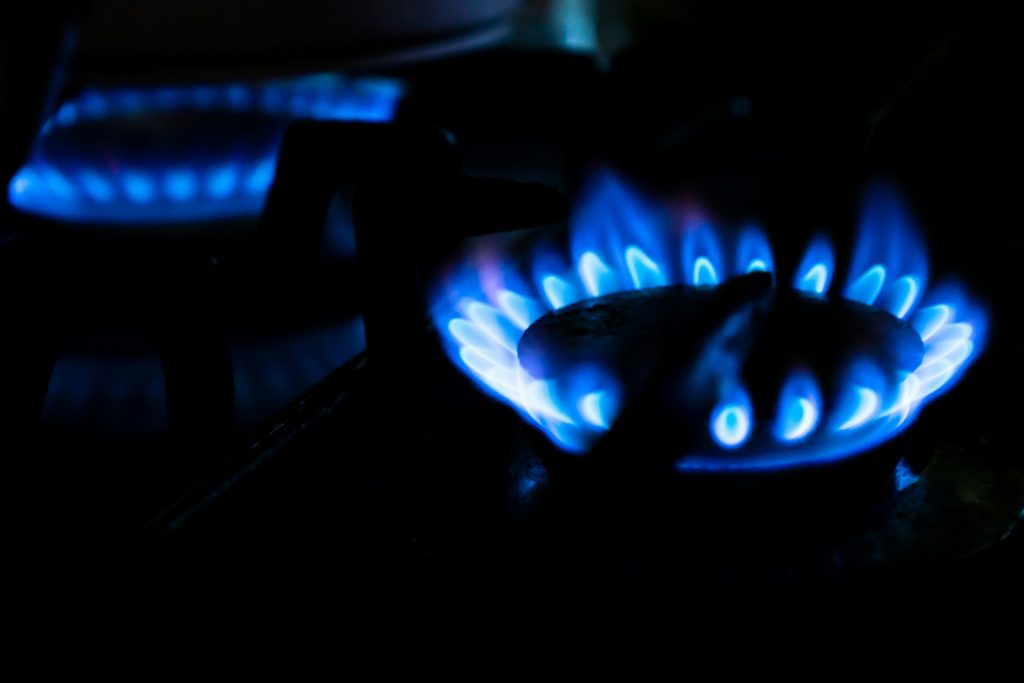Gas prices in Europe are surging once again, prompting Brussels to reconsider a previously introduced emergency measure. However, industry representatives are voicing concerns about potential consequences.
Brussels Seeks Solutions Amid Rising Energy Costs
The European Union is actively exploring ways to mitigate soaring energy costs. Gas storage levels across Europe are declining due to colder-than-expected weather and the disruption of supplies from Ukraine. As a result, several European nations are being forced to purchase significantly more liquefied natural gas (LNG) for the winter of 2025 compared to previous years.
Natural Gas Prices Skyrocket – EU Commission Looks for an Alternative
Reports indicate that EU officials are currently discussing the possibility of reintroducing a gas price cap. This measure could be incorporated into the upcoming “Clean Industrial Deal,” a policy document expected in March. The initiative aims to address the economic challenges facing the EU, including competitive pressure from U.S. trade policies under former President Donald Trump and the ongoing energy transition.
Natural gas prices in Europe have reached record highs, surpassing levels not seen since 2022. This surge is attributed in part to the cold weather and a lack of wind, which has limited renewable energy production. According to the Financial Times, European gas prices are currently three to four times higher than those in the United States, placing European businesses at a significant disadvantage.
“Far-Reaching Negative Consequences” – Industry Warns Against Price Cap
While discussions on the gas price cap remain in the early stages, industry leaders are already raising concerns. Many fear that such a measure could undermine investor confidence in European energy markets. Eleven organizations, including the energy exchange association Europex and the financial markets lobbying group AFME, have addressed a letter to European Commission President Ursula von der Leyen. In it, they warn that “if implemented, this measure could have far-reaching negative consequences for the stability of European energy markets and the continent’s energy security.”
As of February 12, the gas price at the Title Transfer Facility (TTF), a virtual trading hub within the Dutch gas network, stood at €56.28 per megawatt-hour. Demand for gas is projected to rise by 17% in February, driven primarily by heating needs amid cold weather in Northwestern Europe. Storage reserves are under pressure, and traders are closely monitoring developments in the United States, where new tariffs could further increase LNG prices. Additionally, concerns remain over ongoing debates regarding the role of Russian gas in Europe’s energy mix.
Europe’s Previous Experience with a Gas Price Cap
The concept of a gas price cap is not new to Europe. Following the outbreak of the war in Ukraine, gas prices soared to record levels in 2022. In August of that year, prices nearly hit €240 per megawatt-hour. By December, reports from Reuters indicated that EU energy ministers had agreed on a price cap mechanism, set to activate if prices exceeded €180 per megawatt-hour for three consecutive days. However, this threshold was never met, as prices had already begun to decline by September. By January 2023, prices had dropped to around €140 per megawatt-hour.
Germany had previously opposed the price cap, citing concerns about market distortions and potential supply risks. Now, as Europe faces renewed volatility in energy markets, the debate over whether to reactivate the measure is once again gaining momentum.
